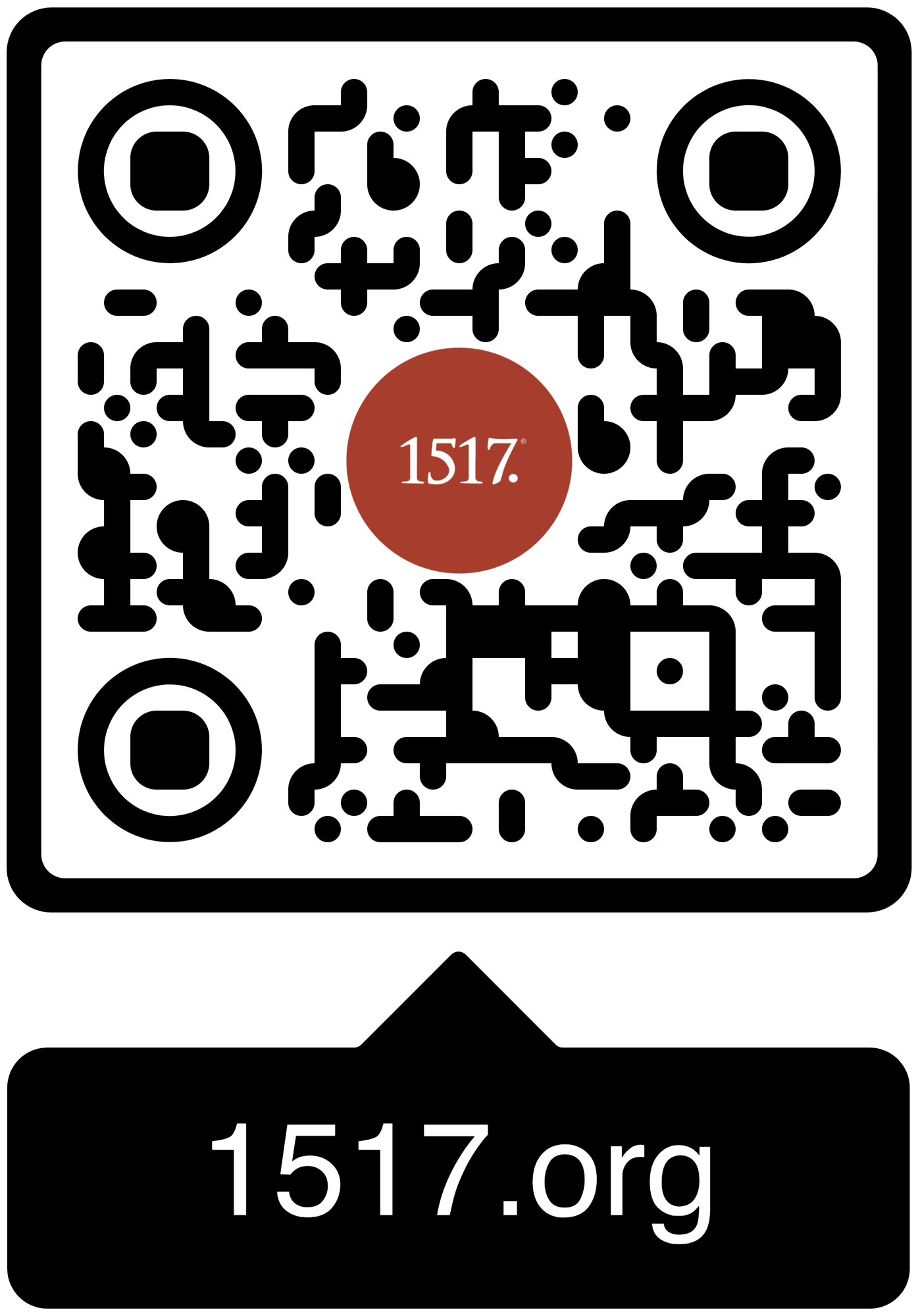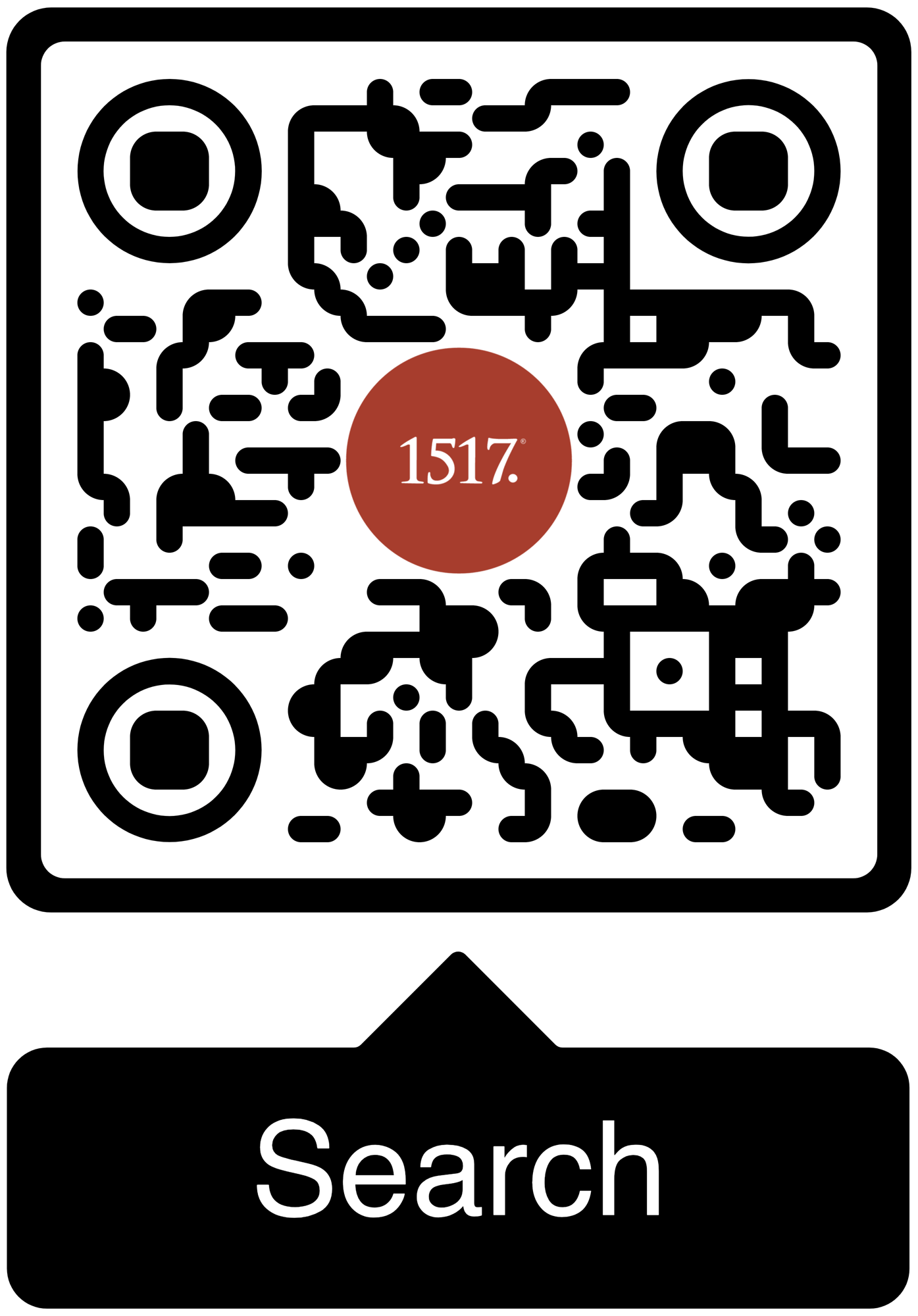Wade Johnston, Life Under the Cross: A Biography of the Reformer Matthias Flacius Illyricus, Concordia Publishing House, St. Louis: MO, 2025.
12/11/25
This ancient “tale of two mothers” concerns far more than theological semantics—it is the difference between a God who sends and a God who comes.
12/10/25
This story points us from our unlikely heroes to the even more unlikely, and joyous, good news that Jesus’ birth for us was just as unlikely and unexpected.
All Articles
Author
- All Authors
- 1517 Guest Contributor
- 1517 Publishing
- 1517 Staff
- A. A. Just Jr.
- A.J. Vega
- Aaron Boerst
- Adam Francisco
- Adam Stetson
- Amy Mantravadi
- Andrew Foss
- Anthony DiLiberto
- Blake Flattley
- Bob Hiller
- Bob Sundquist
- Bonnie Petroschuk
- Brad Soenksen
- Bradley Gray
- Brandon Hanson
- Brandon Pangman
- Brennan Manning
- Brian W. Thomas
- Bror Erickson
- Bruce Hillman
- C.S. Lewis
- Caleb Keith
- Chad Bird
- Charles E. Fry
- Christopher J. Richmann
- Cindy Koch
- CJ Armstrong
- Craig Donofrio
- Dan Chrismer
- Dan van Voorhis
- Dan Weber
- Daniel Deen
- Daniel Emery Price
- Daniel Stenberg
- David Clay
- David Rufner
- David Schmitt
- Debi Winrich
- Delwyn Campbell
- Dominick Santore
- Donavon Riley
- Edward Killian
- Elyse Fitzpatrick
- Erick Sorensen
- Gage Jordan
- Gerhard Forde
- Grant Klembara
- Greg Koukl
- Gretchen Ronnevik
- Haroldo Camacho
- Hermann Sasse
- Jacob Corzine
- Jacob Smith
- Jake Allstaedt
- Jared C. Wilson
- Jason Lane
- Jason Lang
- Jason Oakland
- Jay Sawrie
- Jeff Mallinson
- Jeffrey Pulse
- Jenifer Mohan
- Jessica Delgado
- Jessica Thompson
- Jim Nestingen
- Joel Fitzpatrick
- Joel Hess
- Joey Goodall
- John Bombaro
- John Bortulin
- John Chrysostom
- John T. Pless
- John W. Hoyum
- John Warwick Montgomery
- Jonathan Ruehs
- Jordan Spina
- Joshua Miller
- Justin Rossow
- Karen Stenberg
- Kathy Morales
- Katie Koplin
- Kelsi Klembara
- Ken Sundet Jones
- Kerri Tom
- Kevin Hale
- Kevin McClain
- Kyle G. Jones
- Larry D. Hughes
- Laura Bauer
- Luke Kjolhaug
- Magnus Persson
- Mariah Coward
- Mark Jasa
- Mark Mattes
- Mark Pierson
- Martin Luther
- Matt Johnson
- Matt Kroelinger
- Matt Popovits
- Matthew L. Rubinstein
- Michael Berg
- Michael Gibney
- Nicholas Hopman
- Nicholas Kallis
- Norman Nagel
- Paul Dunk
- Paul Koch
- Pete Lange
- Peter Nafzger
- Philip Bartelt
- Raleigh Sadler
- Rick Ritchie
- RJ Grunewald
- Robert Farrar Capon
- Robert Kolb
- Rod Rosenbladt
- Roland Ehlke
- Ron Hodel
- Russ Lackey
- Ryan Couch
- Ryan Matthias
- Ryan Stevenson-Cosgrove
- Ryan Tinetti
- Sam Leanza Ortiz
- Sam P. Schuldheisz
- Sarah Crowder
- Scott Davis
- Scott Keith
- Scott Landrum
- Seth Moorman
- Steve Byrnes
- Steve Kruschel
- Steven A. Hein
- Steven Paulson
- StoryMakers NYC
- Tanner Olson
- Tate Barber
- Ted Rosenbladt
- Travis Scholl
- Tyler Cronkright
- Uwe Siemon-Netto
- Valerie Thur
- Wade Johnston
- Walter Hwang
- Wayne Sender
- Zack James Cole
09/08/23
Faith sees your neighbor not as a means to an end, not as a way to score points, but as an object of love: Christ's love and yours.
08/22/23
Jesus’s story in Luke 16 draws definitive attention to whom God helps — namely, God always comes close in order to help those who cannot help themselves.
08/21/23
It is of the utmost importance that pastors teach their congregation that through faith in Jesus Christ, they are fortified against the machinations of the adversary.
08/18/23
This is an edited excerpt from the conclusion of The Resurrection Fact: Responding to Modern Critics, edited by John Bombaro and Adam Francisco. (1517 Publishing, 2016).
08/15/23
Christ shows up in the middle of our storms and our nightmares. That’s where he sets up shop.
08/07/23
God comes to us through the flesh and blood and spirit of Christ precisely where he promised to be manifest to us and for us.
08/04/23
This is an excerpt from “Finding God in the Darkness: Hopeful Reflections from the Pits of Depression, Despair, and Disappointment” by Bradley Gray (1517 Publishing, 2023).
08/01/23
In the tumultuous sea of information, opinions, and ideologies that break over us each day, we hold fast to the anchor of our faith—Jesus, the true prophet.
07/24/23
Only the resurrection of Jesus guarantees and facilitates divine presence and love to us as divine life for us.
07/18/23
This is an excerpt from part two of “Finding God in the Darkness: Hopeful Reflections from the Pits of Depression, Despair, and Disappointment” by Bradley Gray (1517 Publishing, 2023).
07/17/23
If Jesus did not rise, then religion is just religion — a mere anthropological phenomenon.
07/10/23
The resurrection of Jesus encompasses the total and comprehensive glorification of a human being, not merely his restoration.
1517 is a Christian non-profit (501(c)3) multi-media organization. Our mission is to declare and defend the Good News that we are forgiven and free on account of the death and resurrection of Jesus alone.





1517 grants permission for our free online resources to be printed, photocopied, and otherwise used freely for private and church use. We require that authorship and source (1517.org) are referenced and maintained. These resources may not be sold or included in any publications for sale.


